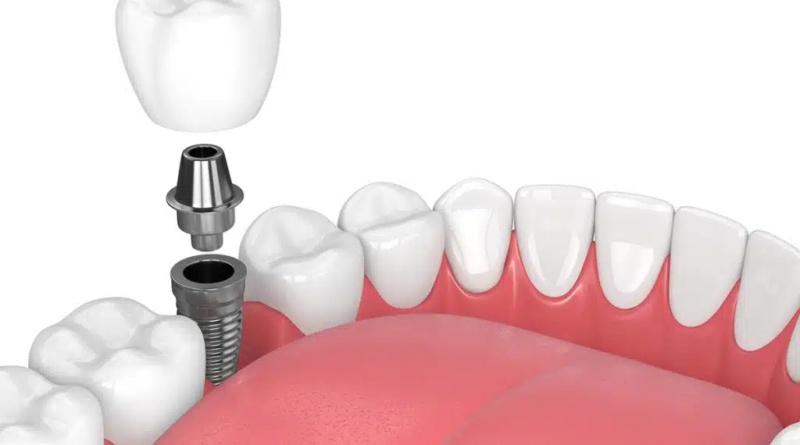Innovative Techniques Used by Periodontists to Enhance Implant Success
Implant success has become crucial in modern dentistry. Periodontists are leading the charge with innovative techniques. By focusing on improving the foundation, they help ensure implants last. The goal is to provide patients with a stable, long-term solution. One method involves enhancing bone quality and quantity before placing implants. This can involve bone grafting or guided bone regeneration. Another approach uses advanced imaging technology. This helps in precise planning and placement of the implants. Additionally, periodontists are exploring the use of growth factors. These natural substances can accelerate healing and strengthen the bone. Emerging research and methods are constantly reshaping the field. Specializing in these techniques, a Long Island dentist is at the forefront of periodontal innovation. Periodontists’ dedication to ongoing learning and improvement brings hope to those seeking lasting dental solutions. In this blog, we will explore how these methods contribute to successful implant outcomes.
Bone Grafting and Guided Bone Regeneration
Bone grafting is an essential technique to support dental implants. When there is insufficient bone, grafting provides the necessary volume for a secure implant. This method involves adding bone material to the jaw, which can be from the patient or a compatible donor source. Guided bone regeneration further enhances this process. It uses a special barrier membrane to encourage the growth of new bone while preventing soft tissue from invading the area.
Advanced Imaging Technology
Advanced imaging plays a critical role in implant success. Techniques such as cone beam computed tomography (CBCT) offer detailed 3D images of the jawbone and surrounding structures. These images allow periodontists to plan the exact position and angle for implant placement. This precision minimizes complications and maximizes success rates. By visualizing the anatomy in detail, periodontists can avoid vital structures and ensure optimal implant integration.
Use of Growth Factors
Growth factors are proteins that stimulate cell growth and healing. In implant dentistry, they are used to enhance bone and tissue regeneration. These factors can be applied directly to the graft site or combined with graft materials. They accelerate healing, reduce recovery time, and improve the quality of the bone. Studies have shown that using growth factors can lead to stronger and more stable implants.
Comparison of Techniques
| Technique | Benefits | Challenges |
| Bone Grafting | Increases bone volume, supports implant stability | Requires additional surgery, healing time |
| Guided Bone Regeneration | Encourages natural bone growth, protects graft area | Cost, complexity of procedure |
| Advanced Imaging | Precision in implant placement reduces risk | High equipment cost, requires specialist training |
| Growth Factors | Faster healing, stronger bone development | Expense, limited availability |
The Future of Implant Dentistry
The field of implant dentistry is constantly evolving. Innovations in biomaterials, digital dentistry, and regenerative medicine continue to improve outcomes. Periodontists must keep abreast of the latest research and techniques. This commitment to lifelong learning ensures they provide the best care possible.
Patient-Centered Approach
While technology and techniques are important, the patient’s needs remain at the core. Personalized treatment plans based on individual conditions and goals are essential. Collaboration between the periodontist and other dental professionals enhances care quality. Comprehensive evaluations and clear communication contribute to successful outcomes. For more information on dental implants, you can visit the National Institute of Dental and Craniofacial Research.
Conclusion
Innovative techniques in periodontal care are revolutionizing dental implant success. By focusing on bone quality, precision in placement, and enhanced healing, periodontists are making significant strides. These advances offer hope to those seeking durable dental solutions. As the field continues to grow, so do the opportunities for improved patient outcomes.




